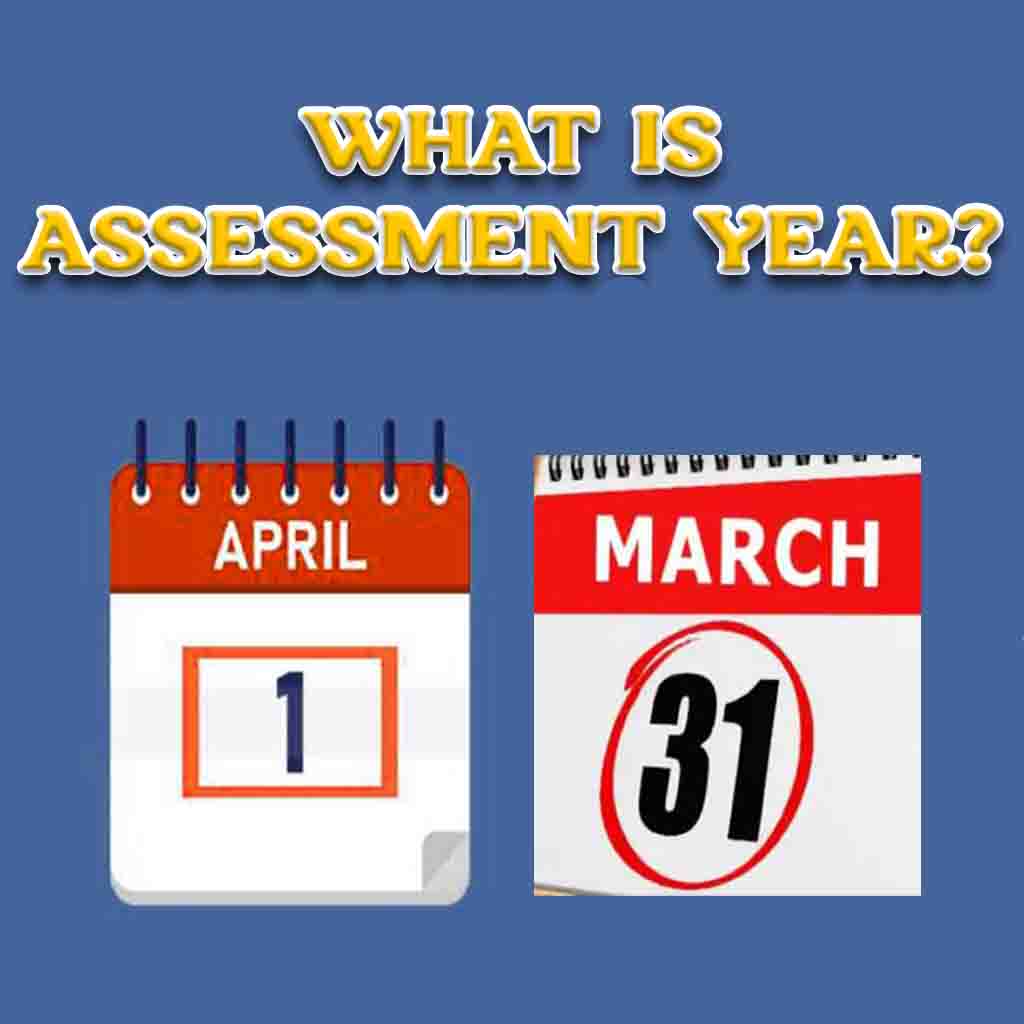
Every individual who earns income in India has to file their income tax return (ITR) every year. One of the essential elements of income tax return filing is understanding the concept of Assessment Year (AY). In this blog post, we will discuss what is meant by Assessment Year, its significance, and how it is calculated.
Assessment Year refers to the year in which the income earned during the previous year is assessed and taxed. It is the year immediately following the financial year in which the income was earned. For example, if you earned income between April 1, 2022, and March 31, 2023, the Assessment Year would be 2023-24.
The Assessment Year is significant because it is the year in which the taxpayer has to file their income tax return (ITR). During this year, the tax authorities evaluate the taxpayer’s income, deductions, and taxes paid during the previous year to determine the final tax liability.
The Assessment Year is also essential for claiming refunds. If a taxpayer has paid excess taxes during the previous year, they can claim a refund in the Assessment Year. The taxpayer can do this by filing an ITR, and the refund amount will be credited to their bank account.
The Assessment Year is calculated by adding one to the Financial Year (FY) in which the income was earned. For example, the Financial Year 2022-23 would have an Assessment Year of 2023-24.
It is essential to note that the due date for filing an income tax return (ITR) is calculated based on the Assessment Year. The due date for filing ITR for the Assessment Year 2023-24 would be July 31, 2024, for individuals who are not required to get their accounts audited.
Conclusion In conclusion, Assessment Year (AY) is the year in which the income earned during the previous year is assessed and taxed. It is crucial for filing the income tax return (ITR) and claiming refunds. By understanding the concept of Assessment Year and its significance, taxpayers can ensure that they file their ITR within the due date and avoid penalties or late fees.
This post was last modified on April 16, 2023 8:48 am
Co-operative Banks vs. Credit Co-operative Societies In the world of banking and finance, institutions like co-operative banks and credit co-operative…
The Securities and Exchange Board of India (SEBI) regulates the investment advisory sector in India through the SEBI (Investment Advisers)…
Following the introduction of AePS in India, mPOS devices began to proliferate across the country. These palm-sized handheld mPOS devices…
If you're looking for a dependable and affordable mobile point-of-sale (mPOS) solution, the PAX D180 is an excellent choice. This…
Paynearby and Spice Money stand out as two prominent companies offering similar services but with subtle distinctions. Let's delve into…
As a seasoned AEPS (Aadhaar Enabled Payment System) service distributor with 6 years of experience, I can attest to the…